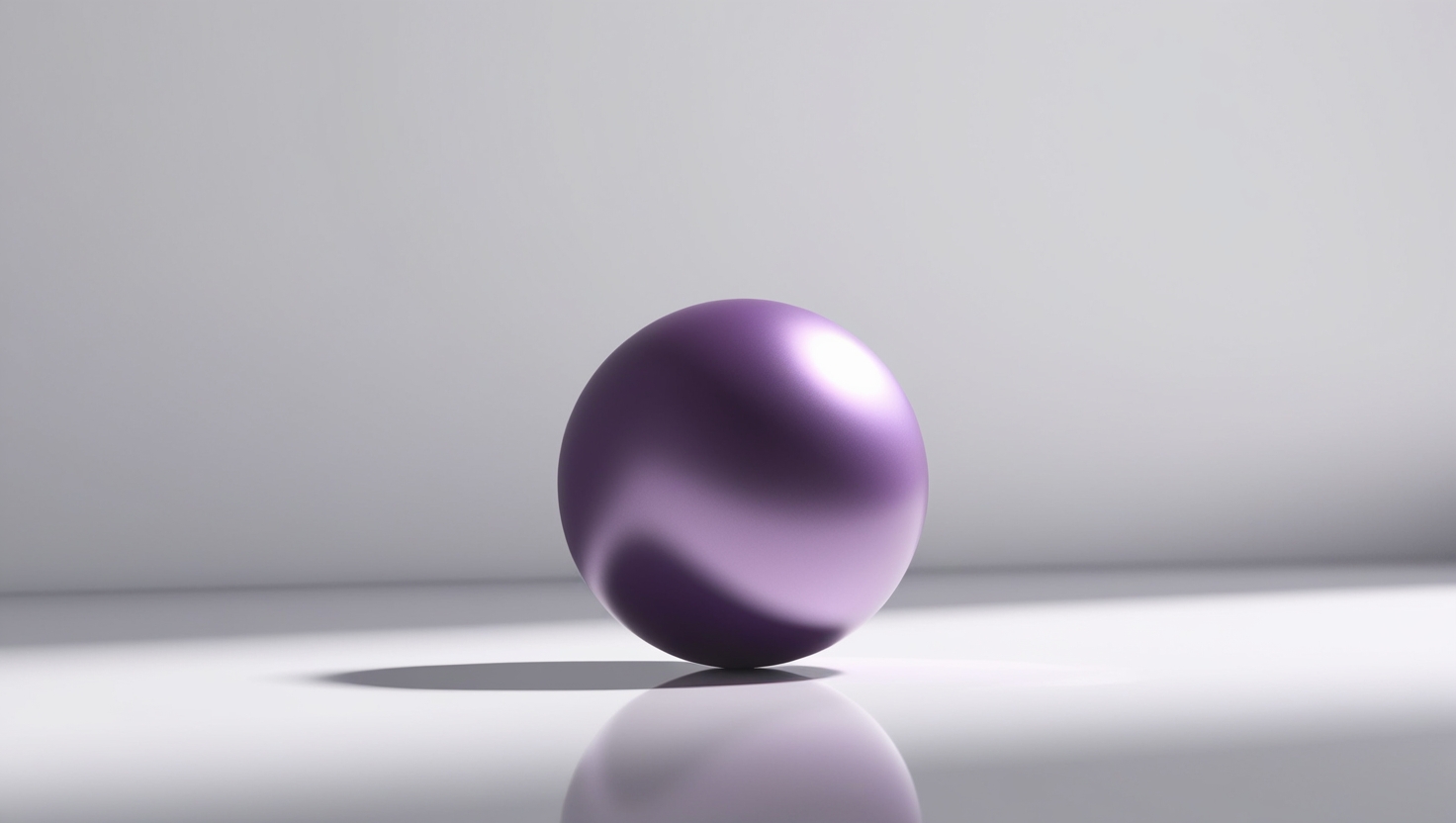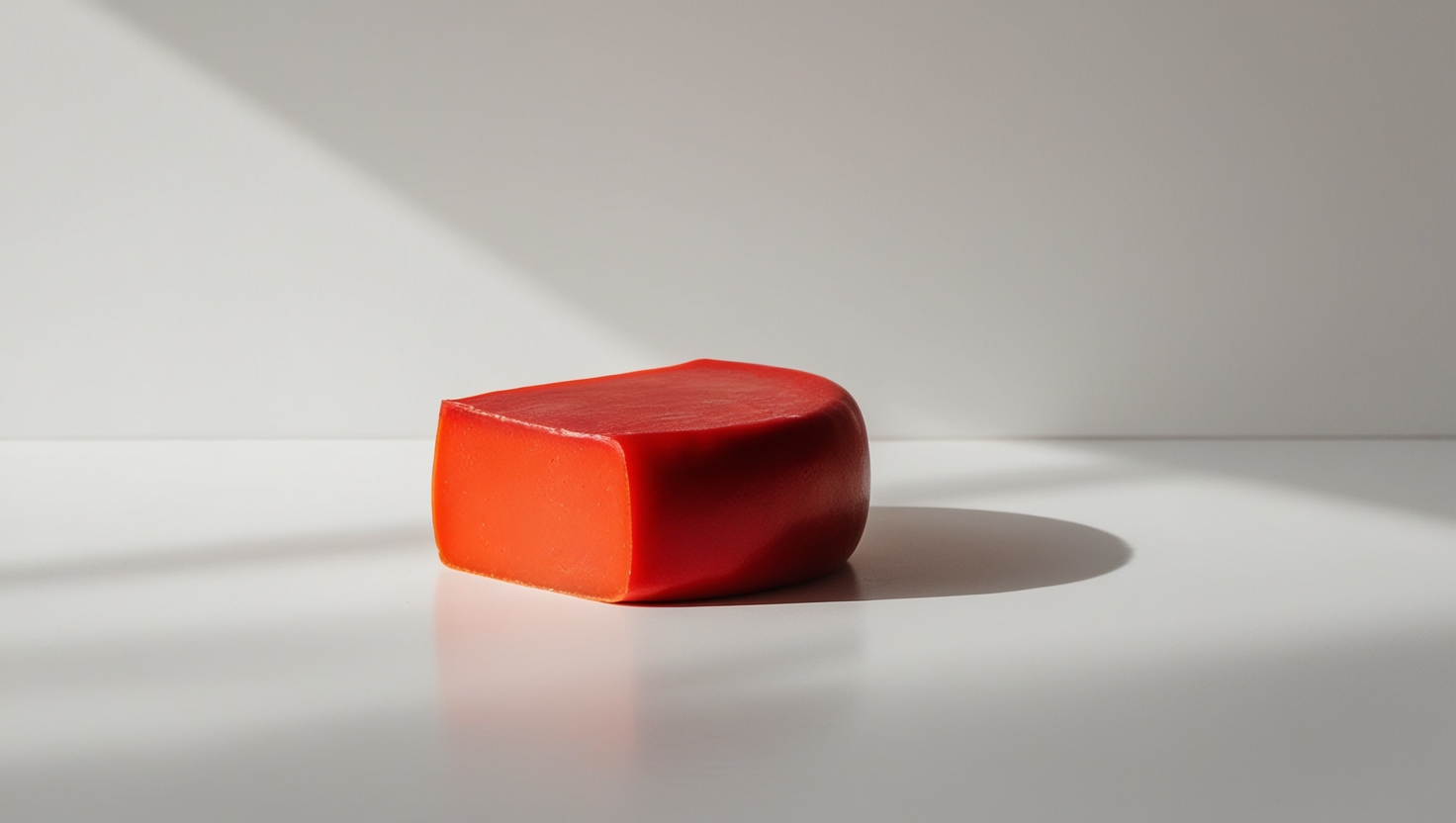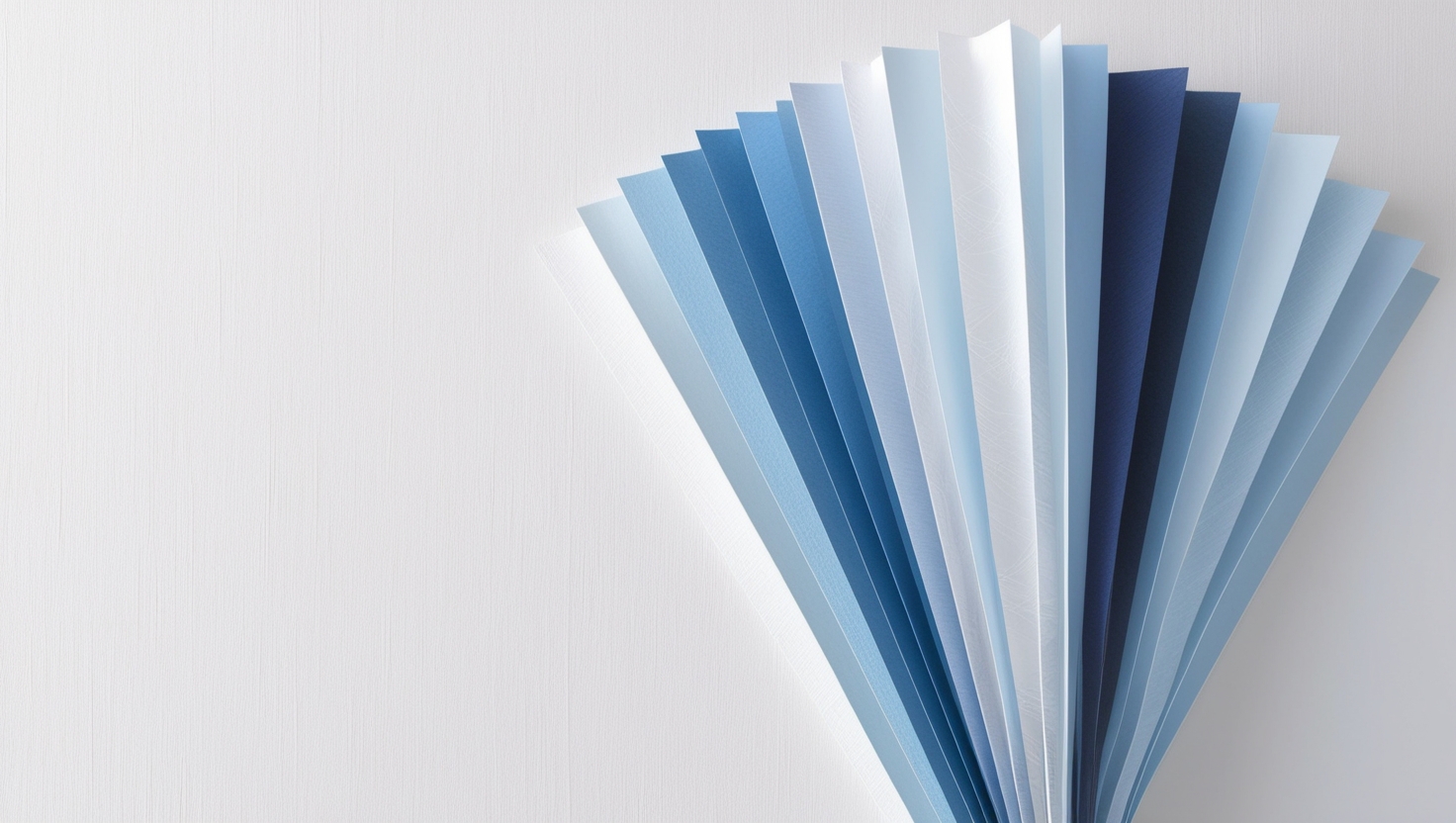When you step into the digital world, the first thing that greets you is a website. It’s the virtual storefront of the modern era, a reflection of a brand’s identity, and a gateway for users to interact with content. Yet, not all websites are created equal. The distinction between a great website and a mediocre one lies in the art and science of web design. But what exactly constitutes good web design? Let’s dive into the elements that create an exceptional online experience, turning casual visitors into loyal customers.
The Essence of User-Centric Design
At the heart of good web design is the user experience (UX). A website should be intuitive, guiding users seamlessly from one section to another without confusion. This involves clear navigation, where menus are logically structured, and users can find what they’re looking for with minimal effort. Elements like search bars, breadcrumbs, and well-placed call-to-action buttons enhance usability, ensuring that visitors remain engaged rather than frustrated.
Aesthetics and Visual Hierarchy
Visual appeal is crucial. A striking design grabs attention, but it’s the visual hierarchy that holds it. Good web design employs principles such as contrast, alignment, and proximity to guide the viewer’s eye. For instance, a bold headline may draw the user’s focus first, while accompanying images and text support the main message. The use of white space is equally important; it helps prevent clutter and allows content to breathe, enhancing readability.
Responsive and Adaptive Layouts
In a world dominated by mobile devices, responsive design is no longer optional; it’s essential. Good web design adapts to various screen sizes, ensuring that users have a consistent experience whether they are on a smartphone, tablet, or desktop. This adaptability not only caters to user preferences but also improves search engine rankings, as search engines prioritize mobile-friendly sites.
Loading Speed and Performance
Good design is not just about how a website looks; it’s also about how it performs. Slow loading times can lead to high bounce rates and lost opportunities. Optimizing images, minimizing code, and utilizing content delivery networks (CDNs) are some ways to enhance performance. A fast, smooth experience keeps users engaged and encourages them to explore further.
Content is King
While design elements draw users in, content keeps them engaged. Good web design ensures that content is not only relevant but also presented in a way that is digestible and appealing. Using headings, bullet points, and visuals helps break down information, making it easier for users to absorb. Moreover, regularly updated and valuable content can establish a site as an authority in its field, driving repeat visits.
Accessibility Matters
Inclusivity in design ensures that all users, regardless of their abilities, can access and enjoy a website. Good web design incorporates accessibility features such as alt text for images, keyboard navigation, and adequate color contrast. Designing with accessibility in mind broadens the audience and fosters a sense of community and trust.
Consistency in Branding
A cohesive brand identity is crucial for recognition and trust. Good web design reflects the brand’s personality through consistent use of colors, fonts, and imagery. This not only reinforces brand identity but also creates a sense of familiarity for users, making them feel more comfortable as they navigate the site.
Conclusion: The Future of Web Design
Good web design is a harmonious blend of aesthetics, functionality, and user-centric principles. As technology evolves, so do the expectations of users. The landscape of web design will continue to shift, pushing designers to innovate and adapt. By focusing on creating meaningful experiences, designers can elevate their work beyond mere visuals, fostering connections that resonate with users long after they leave the site. In this ever-changing digital world, the essence of good web design remains constant: understanding and prioritizing the needs of users.








